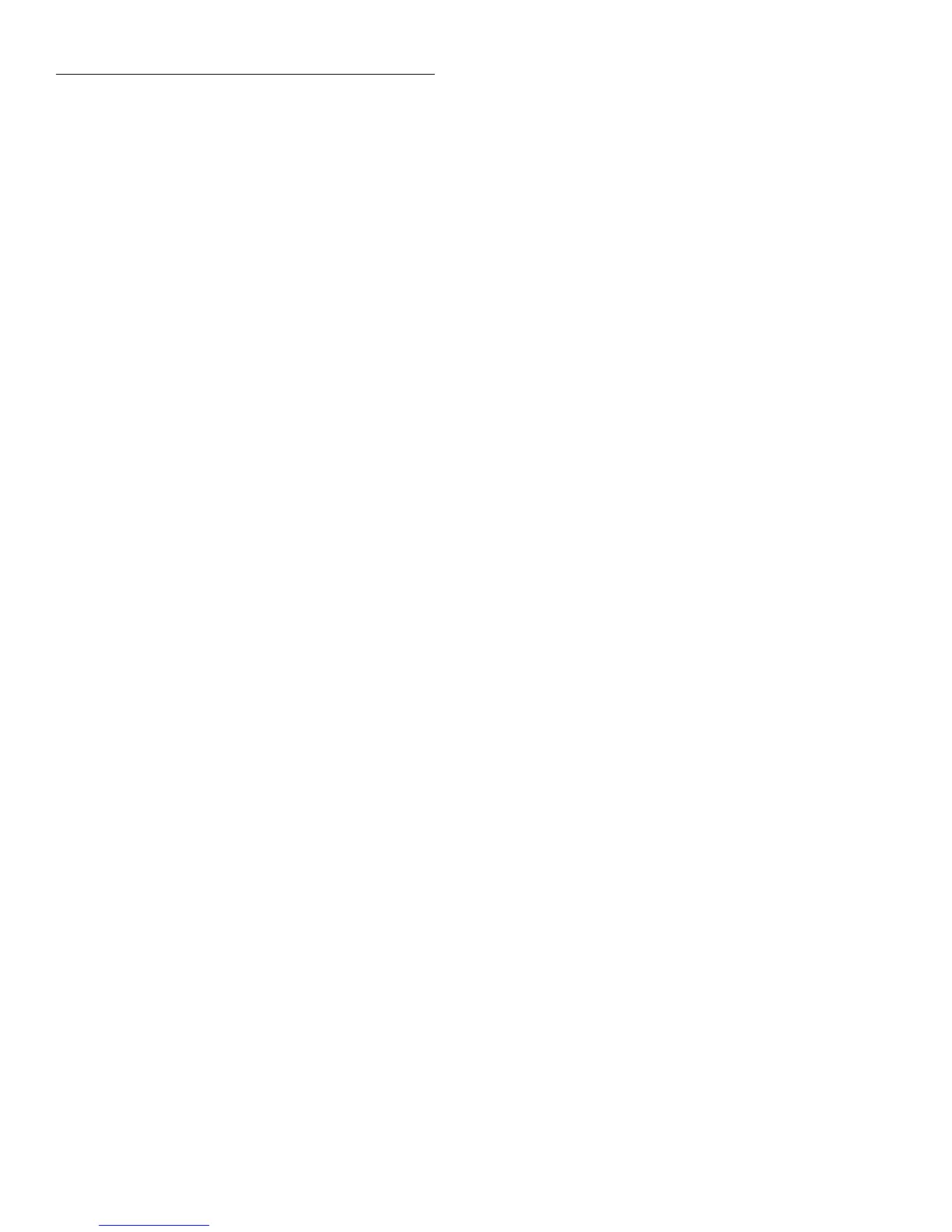IEEE-488 Reference
3-78
stored in the buffer. When buffer readings are sent over the bus (:TRACe:DATA?), each reading
number is referenced to the first reading, which is #0, stored in the buffer. If using Pre-trigger
to store readings, the pre-trigger readings are assigned negative numbers.
UNITs: This element attaches the function unit to the reading, the time unit (sec) to the times-
tamp, and the channel unit (internal or external) to the channel number. An internal channel re-
fers to an internally installed switching card channel, while an external channel refers to the
channel for an external switch system. This element is not available for the binary formats.
TIMEstamp: A timestamp is available to reference each reading to a point in time. There are two
basic types of timestamps; real-time timestamp and relative time timestamp. The real-time
timestamp provides the time (24-hour clock format) and date for each reading sent over the bus.
The relative timestamp operates as a timer that starts at zero seconds when the instrument is
turned on or when the relative timestamp is reset (:SYSTem:TSTamp:RELative:RESet). The
timestamp for each reading sent over the bus is referenced, in seconds, to the start time. After
99,999.999999 seconds, the timer resets back to zero and starts over.
Timestamp is also available for buffer readings. Timestamp can be referenced to the first reading
stored in the buffer (absolute format) which is timestamped at 0 seconds, or can provide the time
between each reading (delta format). The :TRACe:TSTamp:FORMat command is used to select
the absolute or delta format. For the delta format, real- time timestamp is expressed as the days,
hours, minutes and seconds between each reading, while the relative timestamp is expressed as
seconds between each reading. When using the absolute format for the relative timestamp, any
pre-trigger readings will have a negative timestamp.
STATus: This element indicates if the reading is normal (N), overflowed (O) or referenced (R)
to another value, zero (Z), underflow (U), out-of-limits (L). This element is not available for the
binary formats.
HUMidity: Relative humidity can be read by connecting (and enabling) the Model 6517-RH hu-
midity probe to the instrument. The humidity probe is enabled or disabled from the :SYSTem
Subsystem. A reading of 999.99 means humidity is disabled. This data element includes the hu-
midity reading (in %) in the data string.
ETEMperature: External temperature can be measured by connecting (and enabling) the Model
6517-TP temperature sensor to the instrument. The temperature sensor is enabled or disabled
from the :SYSTem Subsystem. A reading of 9999.99 means temperature is disabled. This data
element includes the temperature reading (in °C, °F or K) in the data string. Temperature units
are selected from the :UNIT subsystem.
VSOurce: This element indicates the voltage that is being sourced by the V-Source. In standby,
0V is sourced.
The ASCII format shown in Figure 3-19 shows the byte order of the data string. Keep in mind
that the byte order can only be reversed for the binary formats.
When using this command to add an element, you must include all elements that you want in
the format. For example, if the reading is already specified and you want to add the time-stamp,
you must include the READing parameter. :form:elem time, read
Data elements for the item list can be listed in any order, but are always sent in the order shown
in Figure 3-19.
